29 Aug Navigating the Upgrade Path: From Windows 7 to Windows 11
As technology continues to evolve, operating systems must keep pace, and sometimes, this means leaving older versions behind.
Windows 7, once a stalwart of personal and professional systems, is now obsolete and considered a security risk. The support for this version has ended, making an upgrade vital for maintaining the security and functionality of your systems. Similarly, support for Windows 10 is set to conclude in 2025.
In order to navigate the upgrade path from Windows 7 to Windows 11, you need to understand the system requirements, compatibility, and bespoke software considerations. This post will guide you through the process, helping you ensure a smooth transition to a more secure and updated operating system.
The Risks of Running Obsolete Software
Running outdated software such as Windows 7 poses significant security risks and potential operational issues. Firstly, with the cessation of Microsoft’s support in January 2020, Windows 7 no longer receives security updates or patches. This leaves systems vulnerable to a variety of threats, including malware, ransomware, and other malicious activities that exploit known security loopholes in the software.
In addition to security risks, operational issues arise when you use obsolete software. Compatibility issues with newer programs and hardware devices are common, as developers typically optimize their products for the latest operating systems. This can hamper productivity and disrupt workflows.
Windows 10: Time to Upgrade?
While Windows 10 remains a viable operating system until 2025, the opportunity to upgrade to Windows 11 should be seriously considered. This decision is spurred by the limited lifespan of Windows 10 and the current availability of a free upgrade to Windows 11.
However, it’s important to note that this upgrade is contingent on your current hardware meeting the specifications required for Windows 11. For older machines that fail to meet these criteria, a hardware upgrade might be necessary, which could be pre-installed with Windows 11 soon.
Hardware Considerations
Hardware requirements are a pivotal factor in deciding whether or not to upgrade from Windows 10 to Windows 11. Windows 11 demands more robust specifications, such as a 64-bit processor, 4GB or more RAM, and sufficient storage capacity. If your existing machine is unable to meet these criteria, upgrading to Windows 11 will not be feasible.
You also need to consider that newer software often runs better on newer hardware. Therefore, even if your machine meets the minimum specification, performance may not be optimal, causing slow-downs and reducing productivity.
Software Compatibility
Bespoke software presents a unique challenge during operating system upgrades. These custom-built applications are designed to meet specific needs and may not function correctly if the underlying operating system changes.
It’s crucial to conduct compatibility checks and testing before initiating an upgrade. This ensures the bespoke software will continue to operate efficiently post-upgrade, and any potential issues can be identified and addressed in advance.
Neglecting this step could lead to disruption in workflows and a decrease in productivity, as the software may not function effectively on the new operating system.
Contact Transpeed for Expert Advice
Navigating the upgrade path from Windows 7 to Windows 11 is a complex process, with numerous considerations to ensure a smooth and secure transition.
Whether you’re deliberating the upgrade, pondering hardware replacements, or concerned about bespoke software compatibility, the expert team at Transpeed is here to guide you.
Don’t leave your systems at risk — contact Transpeed today for personalized advice tailored to your unique circumstances, and let us help you confidently move forward with an operating system optimised for your needs.


Sorry, the comment form is closed at this time.